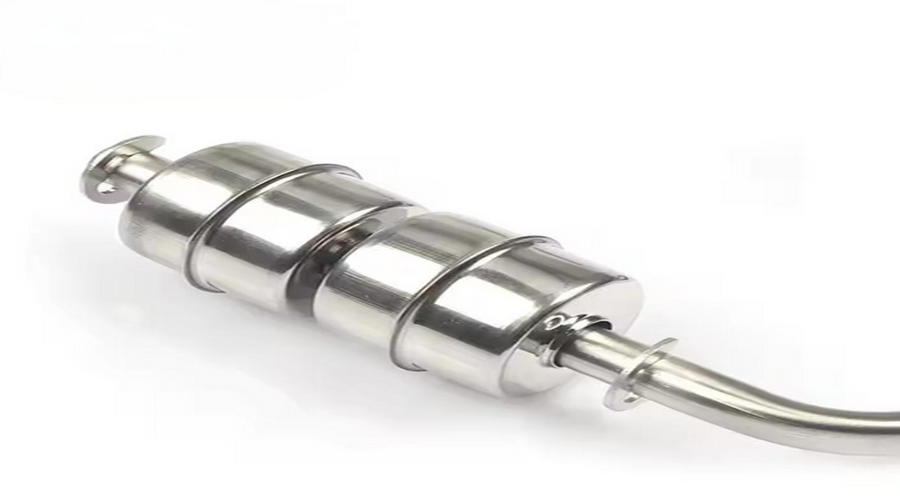
Maintaining optimal fluid levels in your underground effluent chamber is crucial for preventing overflow and equipment damage. Installing a buoyancy-activated control device ensures seamless monitoring without relying on complex systems. Here’s how to integrate this solution safely and efficiently.
Step 1: Gather Essential Tools and Materials
Before starting, secure a liquid-level sensor compatible with your tank’s specifications, waterproof wiring, a junction enclosure, and safety gear like gloves and goggles. Avoid generic connectors; opt for corrosion-resistant terminals to withstand harsh environments.
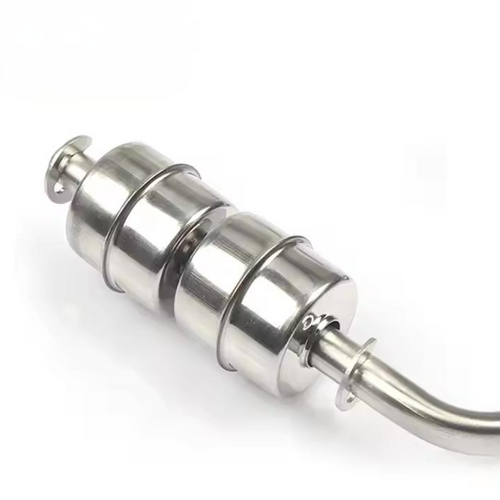
Step 2: Power Down and Access the Tank
Disconnect all electrical sources linked to your waste-processing unit. Carefully remove the access lid, ensuring proper ventilation to avoid hazardous fumes. Position the sensor cable through an existing conduit or a drilled entry point, sealing gaps with waterproof sealant.
Step 3: Mount and Adjust the Buoyancy Activator
Attach the sensor to a stable bracket or rail inside the reservoir, keeping it clear of debris or obstructions. Set activation heights based on your tank’s capacity—higher for pump activation, lower for alarm triggers. Test responsiveness by manually lifting the float to confirm circuit engagement.
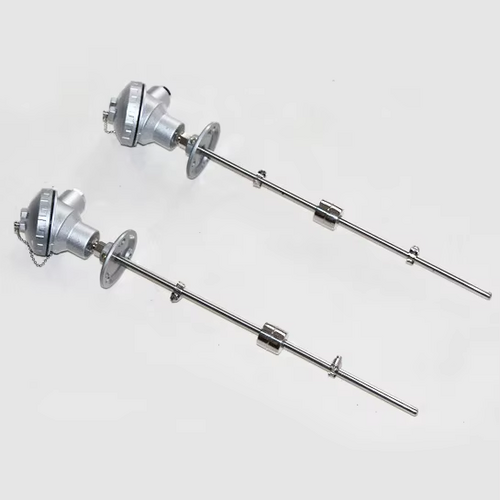
Step 4: Connect Wiring Safely
Link the sensor’s leads to your pump or alarm system via the junction box. Double-check polarity and insulate connections thoroughly. For added reliability, integrate a backup power source or surge protector to shield against voltage fluctuations.
Step 5: Validation and Maintain
After reassembling components, restore power and simulate fluid changes to verify accuracy. Schedule bi-annual inspections to clean the sensor and assess wiring integrity, ensuring uninterrupted operation during heavy usage periods.
By mastering this straightforward method for integrating a liquid-level regulator, you’ll safeguard your septic infrastructure while minimizing maintenance costs. For detailed troubleshooting or custom configurations, consult a certified technician to adapt the setup to your unique needs.
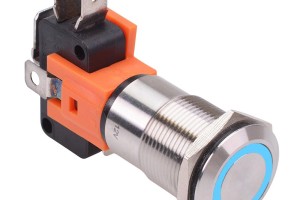
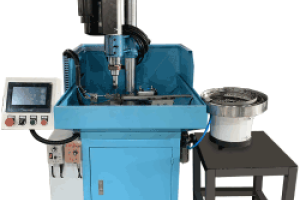
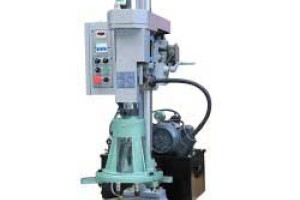
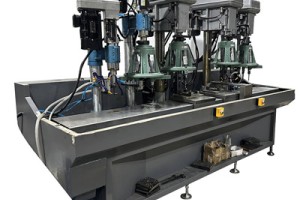

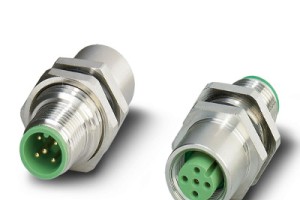
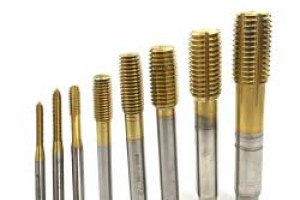
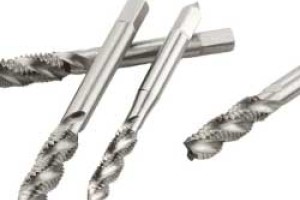
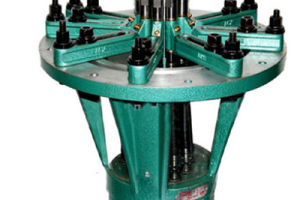
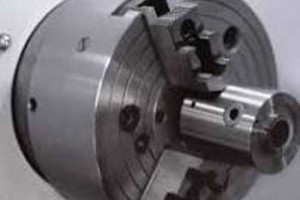
Leave a comment